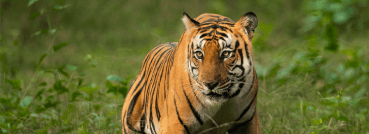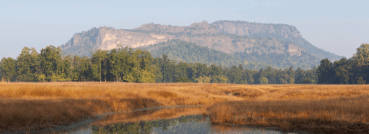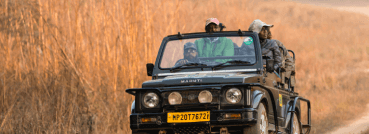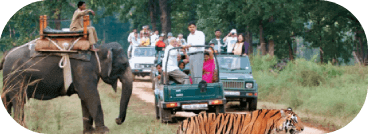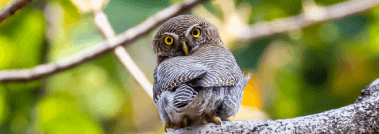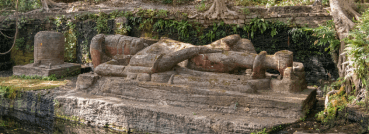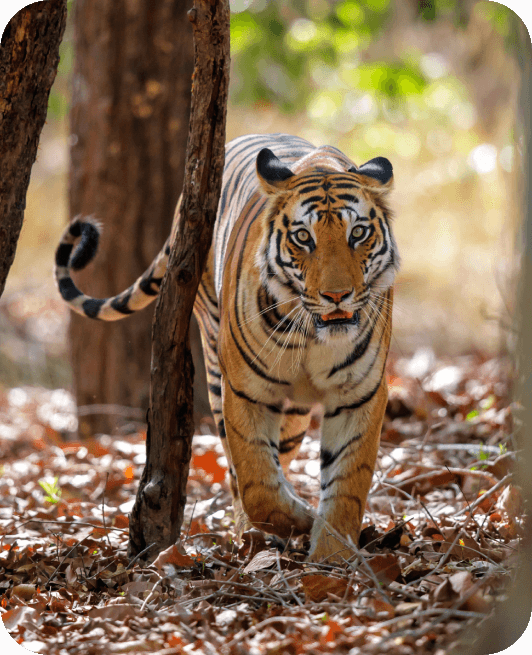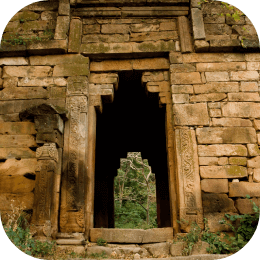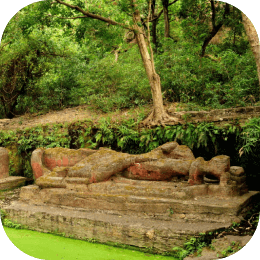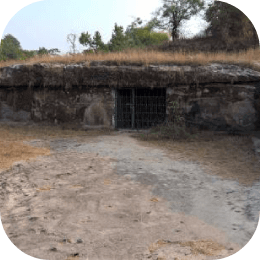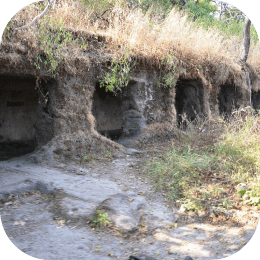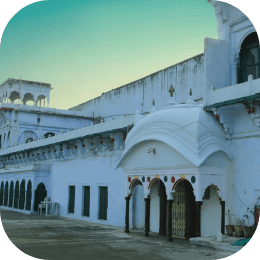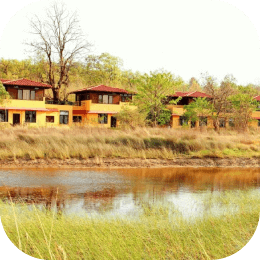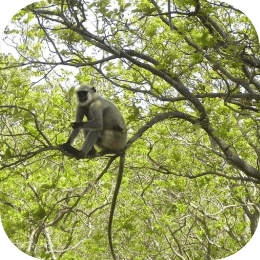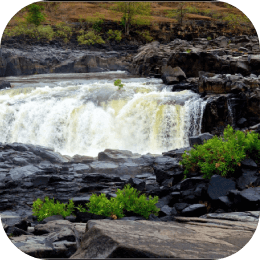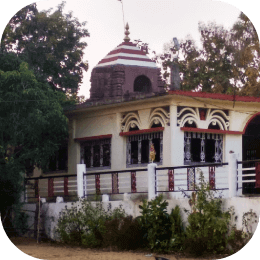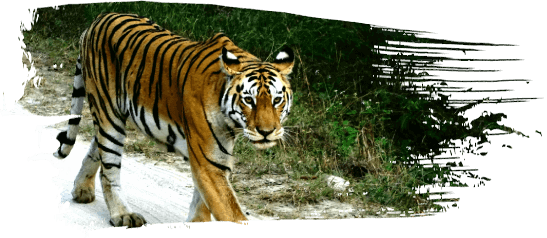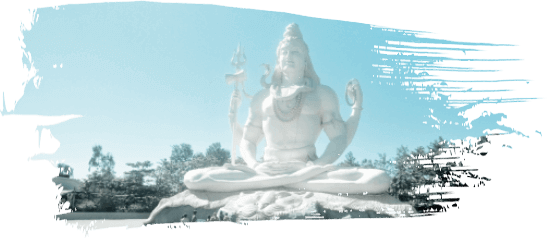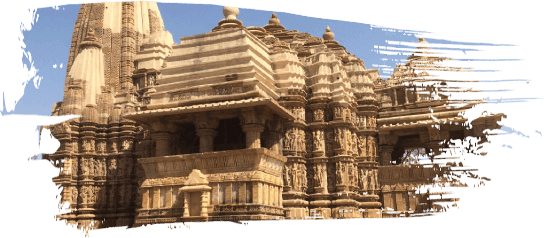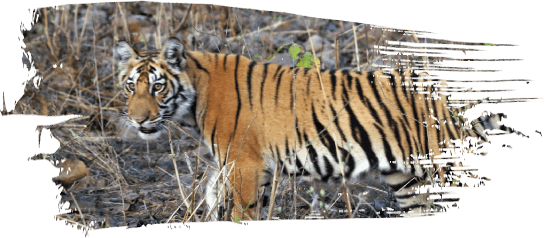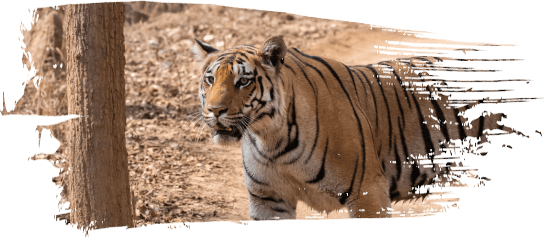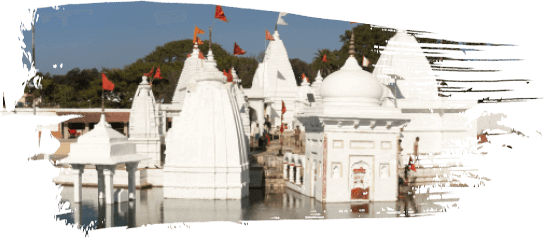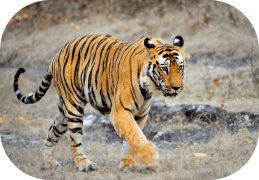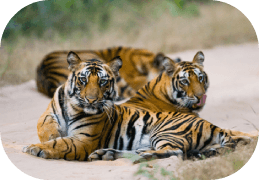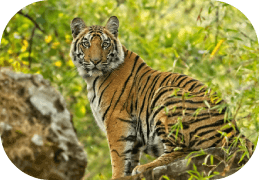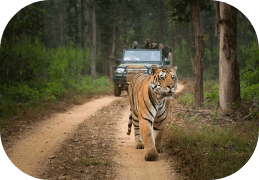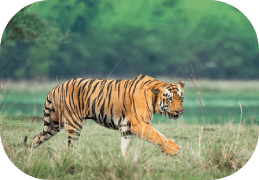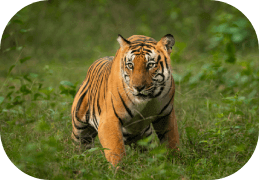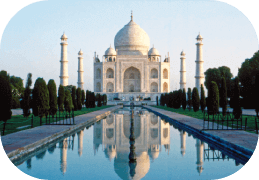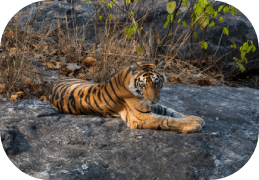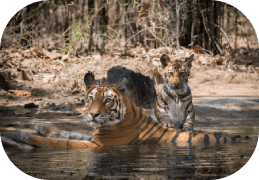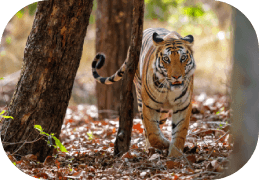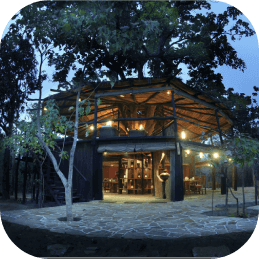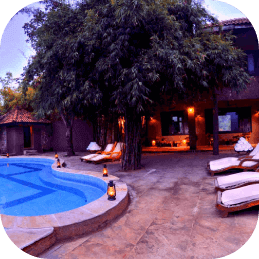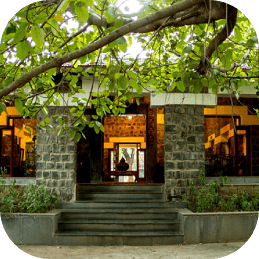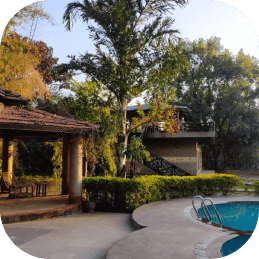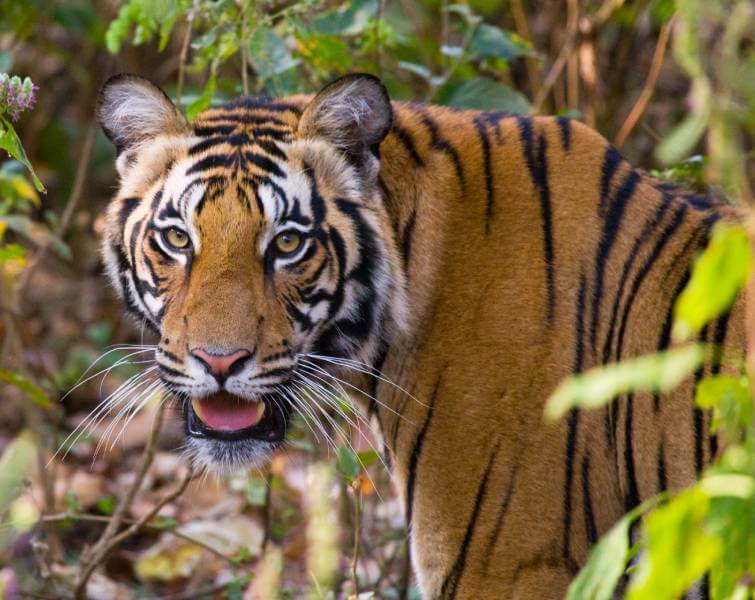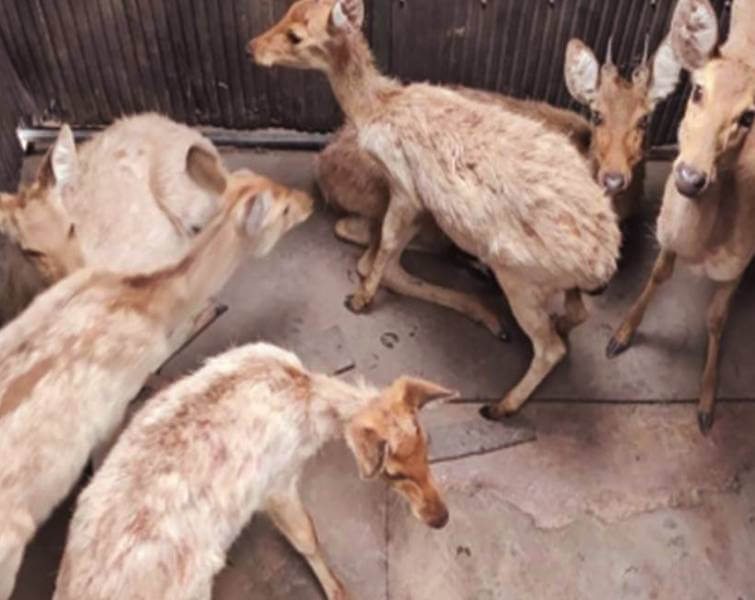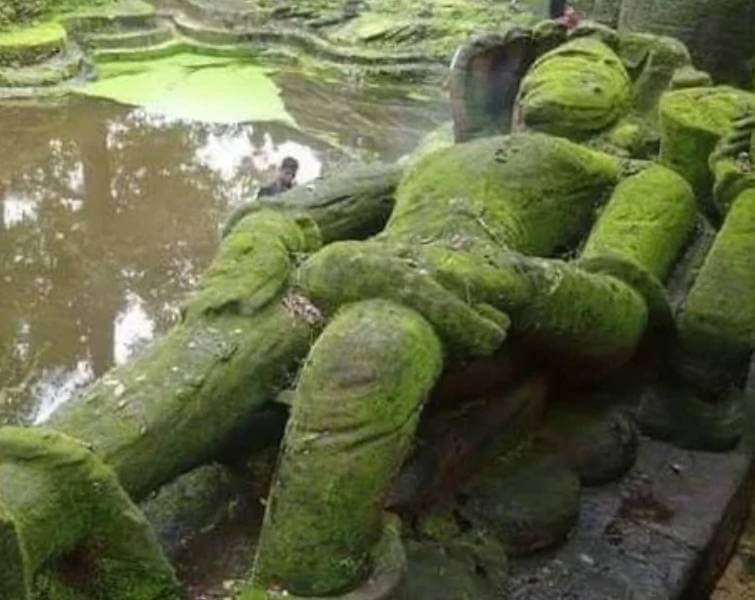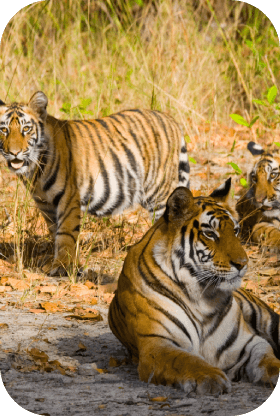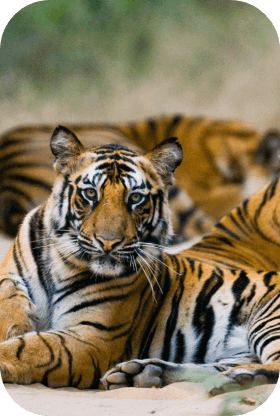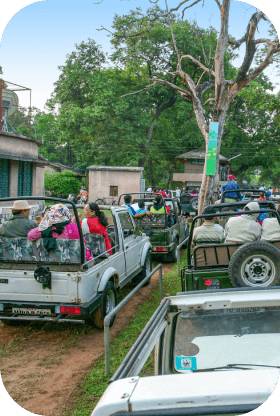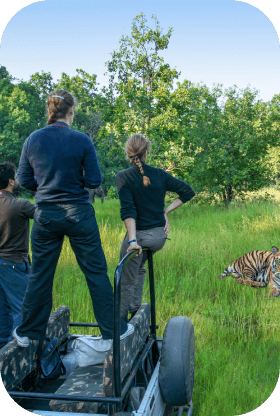History of Bandhavgarh National Park
The name ‘Bandhavgarh’ came from two words: Bandhav and Garh where the meaning of the first one is
brother and the latter means fort. According to Ramayana, the great epic, Bandhavgarh was gifted
to Lakshmana by his elder brother Rama after the battle of Lanka. The existing national park is
named after this legendary Bandhavgarh Fort, which is situated on a hillock of the Vindhya range
in Umaria. As per the ancient books, Shiv Purana and Narad Panch Ratna, the wrecked fort was being
rebuilt by two monkeys who made a bridge between Lanka and the mainland. The Bandhavgarh fort is
written with much convincing evidence of human activity and architectural techniques. You can see
several man-made caves with inscriptions and rock paintings at the fort as well.
Until the shifting of capital to Rewa in 1617 A.D., the local rulers were based in the Bandhavgarh
Fort, which is located atop the Bandhavgarh hill in the middle of the Bandhavgarh National Park.
Bandhavgarh gradually became desolate once the capital was moved to Rewa, and as the forest took
over, it was used as a royal hunting reserve. While doing so helped to protect the forests and the
indigenous fauna of India, each of the maharajas set out to kill 109 tigers because they believed
it to be lucky. By 1914, Maharaja Venkat Raman Singh had killed 111 tigers.
The devastation of the forests as a result of inadequate regulation severely affected Maharaja
Martand Singh of Rewa. In 1968, a 105 sq km area was first designated as a national park based on
his suggestion. After the park was established, poaching was controlled. To address the water
shortage, small dams were also built, providing refuge and relief for the animals and the local
cattle were forbidden from grazing. The Indian wildlife population rose significantly as a result.
The number of tigers began to rise as well.
The park's size was enlarged to 448 sq km in 1982 to accommodate the growing population of tigers
and other types of Indian wildlife. Bandhavgarh was included in 1993 as Project Tiger expanded its
sphere of influence, and the territory was later expanded to encompass a core area of 694 sq km
and a buffer area of 437 sq km. The Bandhavgarh Tiger Reserve was now officially proclaimed for
the entirety of this region.
